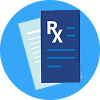 When opioids enter the bloodstream, they bind to the body’s receptors and block pain signals from reaching the brain.
When opioids enter the bloodstream, they bind to the body’s receptors and block pain signals from reaching the brain.
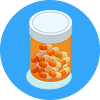 Euphoric feelings often come with that, and the brain can start to rely on opioids to feel pleasure, creating a strong desire to keep using them – despite harmful consequences.
Euphoric feelings often come with that, and the brain can start to rely on opioids to feel pleasure, creating a strong desire to keep using them – despite harmful consequences.
 This is how dependency can start. Over time, a person needs larger and larger amounts of opioids to reach that same high, which increases the risk of overdose.
This is how dependency can start. Over time, a person needs larger and larger amounts of opioids to reach that same high, which increases the risk of overdose.
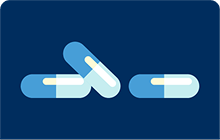
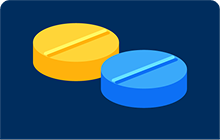
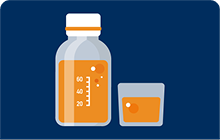
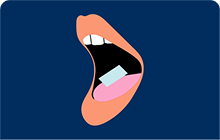

Opioids can be injected, smoked, swallowed, and taken in other ways.
While prescribed opioid medications can be effective for pain management, they can also be dangerous – especially when misused. It’s important to know the facts, risks, and science behind these drugs.
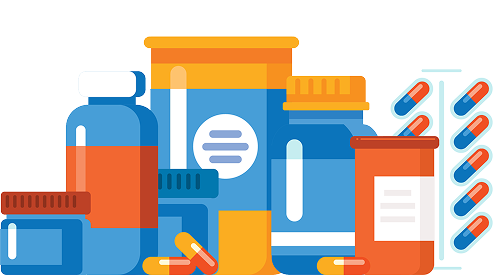
Here you’ll find more about substance use disorder, pain management alternatives, and how you can get involved in reducing the harms of opioid misuse in your community with OPEN.
